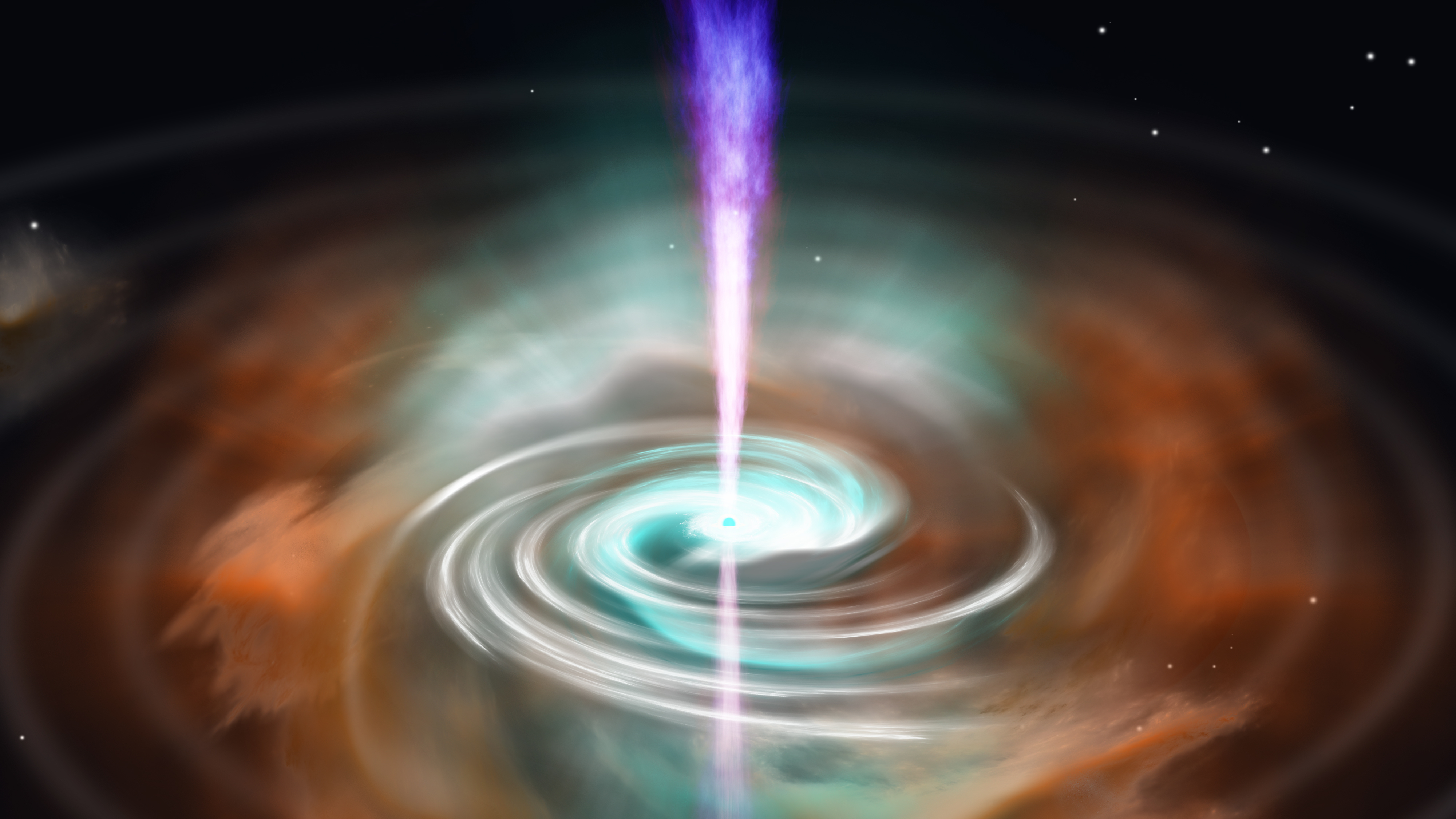Astrophysics group members
Our group hosts observers, theorists and instrumentation specialists. Find out about their research interests and activities here.
Learn more about the research activities of our staff, research associates and PhD students.
Our group hosts observers, theorists and instrumentation specialists. Find out about their research interests and activities here.
Find out about how to join us as a PhD student or a research fellow.
Find out more about our seminar series.
Read more on Bath astrophysicists in the news.

Dr Carolin Villforth and scientists across the EU have developed a planetarium show that explains the mystery of supermassive black holes to general audiences.

Dr Patricia Schady and her team use JWST to combine absorption and emission line techniques to study the cosmic chemical evolution of the young Universe.

It takes more than a galaxy merger to make a black hole grow and new stars form: machine learning shows cold gas is needed too to initiate rapid growth.

Dr Hendrik van Eerten, a reader in the Department of Physics, has published Introduction to Fluid Dynamics in Physics and Astrophysics.

Dr Hendrik van Eerten, a reader in the Department of Physics, has co-authored one of this year’s most cited papers published in Institute of Physics journals.

The honorary role celebrates his contributions to astrophysics and the cooperation he has fostered between the University of Bath and East-Asian observatories.
Bath Astrophysics Group addresses fundamental questions about some of the most violent processes in the Universe, in particular black hole driven phenomena and their environments.
We exploit ground and space-based technology to collect cosmic signals from distant objects and use this information to study galaxy dynamics, star formation, accretion of matter and the roles of black holes and cosmic magnetic fields.